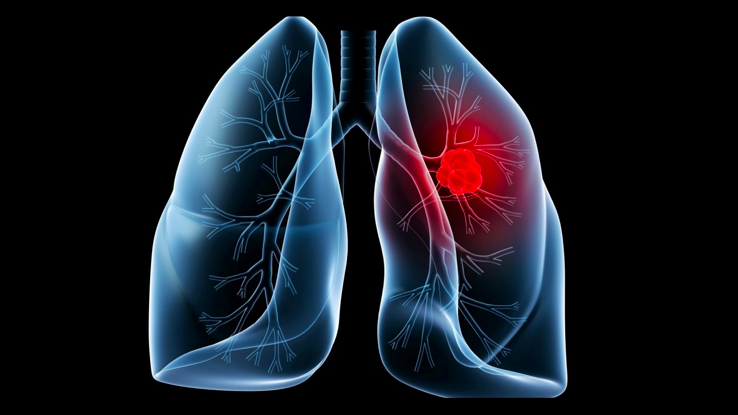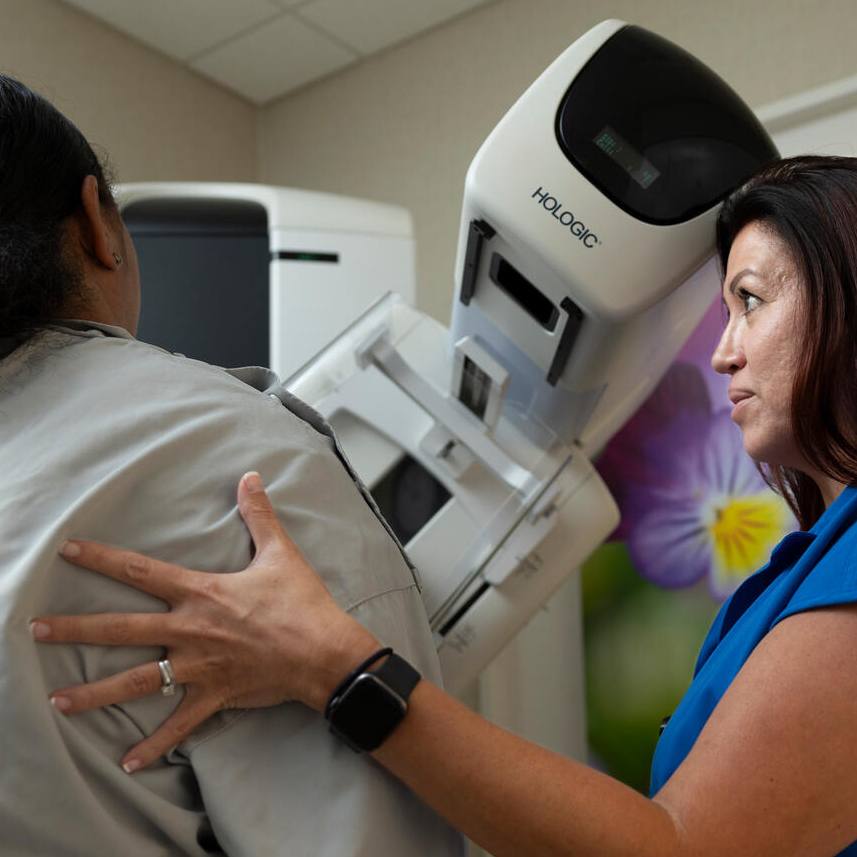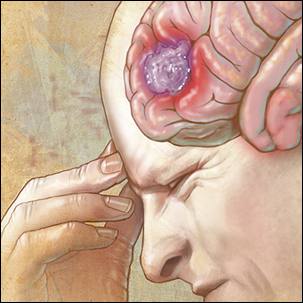-
Cancer
Consumer Health: Reducing your risk of lung cancer

World Lung Cancer Day will be observed Tuesday, Aug. 1, which makes this a good time to learn more about reducing your risk of lung cancer.
Lung cancer is the leading cause of cancer deaths in the U.S., accounting for about 1 in 5 of all cancer deaths, according to the American Cancer Society. Lung cancer claims more lives each year than colon, breast and prostate cancers combined. More than 238,000 people in the U.S. will be diagnosed with lung cancer in 2023, and more than 127,000 people in the U.S. will die of the disease.
Lung cancer typically doesn't cause signs and symptoms in its earliest stages. Signs and symptoms typically occur when the disease is advanced and may include:
- A new cough that doesn't go away
- Coughing up blood, even a small amount
- Shortness of breath
- Chest pain
- Hoarseness
- Losing weight without trying
- Bone pain
- Headache
Risk factors
A number of factors may increase your risk of lung cancer. Some risk factors can be controlled, for instance, by quitting smoking. And other factors can't be controlled, such as your family history.
Risk factors for lung cancer include:
- Smoking.
Although the disease can occur in people who have never smoked, people who smoke or have smoked have the greatest risk of lung cancer. Your risk increases with the number of cigarettes you smoke each day and the number of years you have smoked. Quitting at any age can significantly lower your risk of developing lung cancer. - Exposure to secondhand smoke.
Even if you don't smoke, your risk of lung cancer increases if you're exposed to secondhand smoke. - Previous radiation therapy.
If you've undergone radiation therapy to the chest for another type of cancer, you may have an increased risk of developing lung cancer. - Exposure to radon gas.
Radon is produced by the natural breakdown of uranium in soil, rock and water that eventually becomes part of the air you breathe. Unsafe levels of radon can accumulate in any building, including homes. - Exposure to asbestos and other carcinogens.
Workplace exposure to asbestos and other substances known to cause cancer — such as arsenic, chromium and nickel — can increase your risk of developing lung cancer, especially if you're a smoker. - Family history of lung cancer.
People with a parent, sibling or child with lung cancer have an increased risk of the disease.
Prevention
There's no sure way to prevent lung cancer, but you can reduce your risk if you:
- Don't smoke.
If you've never smoked, don't start. Talk to your children about not smoking so that they can understand how to avoid this major risk factor for lung cancer. Begin conversations about the dangers of smoking with your children early so that they know how to react to peer pressure. - Stop smoking.
Stop smoking now. Quitting reduces your risk of lung cancer, even if you've smoked for years. Talk with your healthcare team about strategies and stop-smoking aids that can help you quit. Options include nicotine replacement products, medications and support groups. If you quit smoking, even after smoking for many years, you can significantly reduce your chances of developing lung cancer. - Avoid secondhand smoke.
If you live or work with a smoker, urge them to quit. At the very least, ask them to smoke outside. Avoid areas where people smoke, such as bars and restaurants, and seek out smoke-free options. - Test your home for radon.
Have the radon levels in your home checked, especially if you live in an area where radon is known to be a problem. High radon levels can be remedied to make your home safer. For information on radon testing, contact your local department of public health or a local chapter of the American Lung Association. - Avoid carcinogens at work.
Take precautions to protect yourself from exposure to toxic chemicals at work. Follow your employer's precautions. For instance, if you're given a face mask for protection, always wear it. Ask your healthcare professional what more you can do to protect yourself at work. Your risk of lung damage from workplace carcinogens increases if you smoke. - Eat a diet full of fruits and vegetables.
Choose a healthy diet with a variety of fruits and vegetables. Food sources of vitamins and nutrients are best. Avoid taking large doses of vitamins in pill form, as they may be harmful. For instance, researchers hoping to reduce the risk of lung cancer in heavy smokers gave them beta carotene supplements. Results showed the supplements increased the risk of cancer in smokers. - Exercise most days of the week.
If you don't exercise regularly, start out slowly. Try to exercise most days of the week.
Lung cancer screening is a process that's used to detect the presence of lung cancer in otherwise healthy people with a high risk of lung cancer. Lung cancer screening is recommended for older adults who are longtime smokers and who don't have any signs or symptoms of lung cancer. Lung cancer screening seeks to detect lung cancer at an early stage — when it's more likely to be cured.
Connect with others talking about lung cancer in the Lung Cancer Support Group on Mayo Clinic Connect, an online patient community moderated by Mayo Clinic.







